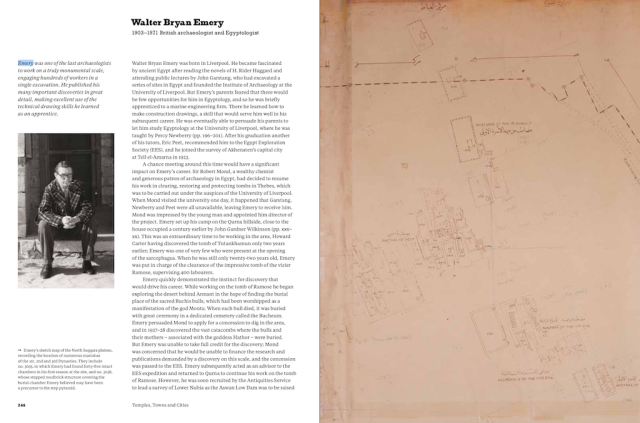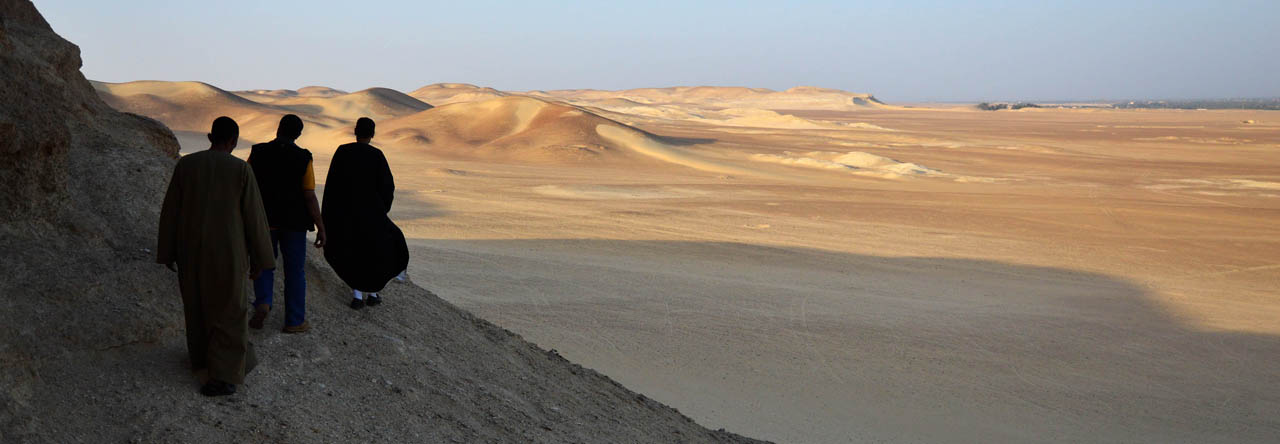UPDATE 20 November 2020: For anyone who missed the live performances of this talk online, a version recorded for the North East Ancient Egypt Society (NEAES) is currently available here and below.
As with previous online lectures the following is intended as a guide to online resources and further reading for anyone who would like to take their interest in ‘Searching for Imhotep’ (subject of an online lecture given on 3 and 8 June 2020) further.
Imhotep. The name has been made famous by Hollywood mummy movies but the real-life man of this name was perhaps even more extraordinary. He is credited with designing the Step Pyramid, the very first of these iconic monuments, and long after his death he became a folk hero, and eventually a god. Despite his status, his tomb has never been found. Two thousand years after he lived, the ancients made thousands of offerings to him around a group of tombs of Imhotep’s time. Could one of them have been the final resting place of the man himself?
First of all, my slides from the talk, in case it’s useful to you to go back through them, are here:
The 1932 film The Mummy (see here for the IMDB entry), the titular villain of which was named ‘Imhotep’, is available to watch wherever you find your movies, e.g. on Amazon, Google Play or iTunes.

Poster for The Mummy (1932) starring Boris Karloff as Imhotep. Image via Wikimedia Commons see here.
The texts I discussed which mention Imhotep include:
The Harper’s Song from the tomb of King Intef – see Lichtheim, Miriam. Ancient Egyptian Literature, Volume I: The Old and Middle Kingdoms (p. 196). University of California Press. Kindle Edition (here).

The ‘Famine Stela’.
The ‘Famine Stela’ of Sehel Island – see Lichtheim, Miriam. Ancient Egyptian Literature, Volume III: The Late Period (p. 94-100). University of California Press. Kindle Edition (here).
Manetho’s Egyptian History, on the Third Dynasty. This is freely accessible via the incredible resource that is LacusCurtius: Into the Roman World, specifically on this page (tip: search the text for ‘Imuthes’ to go straight to the relevant passage).
Statue base British Museum EA 512. The museum’s online database entry is here; for a translation of, and commentary on, the texts (in French) see Gauthier, H ‘Un nouveau monument du dieu Imhotep’ BIFAO 14 (1914), p. 33-49 (freely available online here)
The ‘Hermetica’, the ancient wisdom texts which are supposed to have been set down by Hermes Trismegistus hismelf. A very good edition with a helpful introduction is Copenhaver, B, Hermetica: The Greek Corpus Hermeticum and the Latin Asclepius in a New English Translation, with Notes and Introduction (e-book here).
On animal worship and mummies, the best single volume survey of the subject is Ikram, S (Ed.), Divine Creatures. Animal Mummies in Ancient Egypt (see here).
My satellite map of the key parts of the North Saqqara plateau is here.

Satellite image of the site of Bryan Emery’s excavations at North Saqqara showing the locations of mastabas 3508 and 3518.
Bryan Emery, whose search for the tomb of Imhotep in the 1960s was the focus of the second half of my talk, is the subject of the last chapter in my forthcoming book, Egyptologists’ Notebooks – for more info or to pre-order see here.

The opening pages of the entry on Bryan Emery from Egyptologists Notebooks.
Emery’s work was undertaken on behalf of the Egypt Exploration Society (EES) and the photographs, notes, drawings, plans etc arising from the work are all now kept in the Society’s archives. Emery’s preliminary reports, which make for terrific reading, appeared in the Society’s annual journal, the Journal of Egyptian Archaeology (JEA) and are available online via JSTOR or by joining the Society (strongly recommended! See here). The individual reports are as follows: 1964-5, 1965-6, 1966-7, 1968-9, 1969-70.
A short piece I wrote on a visit to North Saqqara in 2015 is here.

Searching for the tomb of Imhotep in the sands of North Saqqara in 2015.
Lastly, the subject of this lecture forms the first chapter of my book Searching for the Lost Tombs of Egypt.

If you have any questions of I’ve missed anything out please let me know via this page. Cheers!
